
There are more than 50,000 pieces comprising the fantastic collection at the Department of Egyptian Antiquities of the Louvre of Paris. Collections include various artifacts from the Nile civilizations spanning more than four millennia, from 4,000 BC to the 4th century AD.
Counted as one of the world’s largest such collections, it provides a detailed overview of Egyptian life and customs from the earliest days of the Ancient Egypt, through the Middle Kingdom and the New Kingdom, as well as the Ptolemaic, Roman, and Byzantine eras.
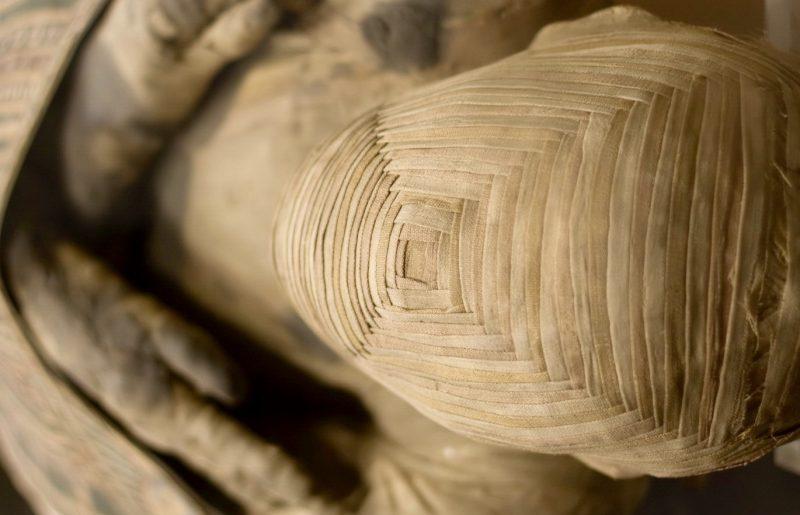
The collections accessible at the Louvre originate from the royal collections and have been continually enriched. Of exceptional importance are the literary and artistic contributions of Dominique Vivant Denon as part of the Egyptian campaign of 1789 to 1801. Following the expedition, Denon was appointed as the first director of the Louvre Museum and also issued a two-volume book entitled “Journey in Lower and Upper Egypt” that marked the foundation of modern Egyptology.
Ever since its inauguration, the collection at the Department of Egyptian Antiquities has followed important discoveries and more purchases of valuable items. Guarded by the Crypt of the Sphinx, the entire department consists of 30 rooms, and visitors can explore Ancient Egyptian art and pieces of jewelry, musical instruments, clothing, tools, weapons, or papyrus scrolls, among other items.
Among the many authentic artifacts, there also lies, in its own infinite sleep, a very intricate mummy, perhaps unlike any other mummy seen anywhere else.
Crypt of the Sphinx, Room 1 of the Department of Egyptian Antiquities of the Louvre.
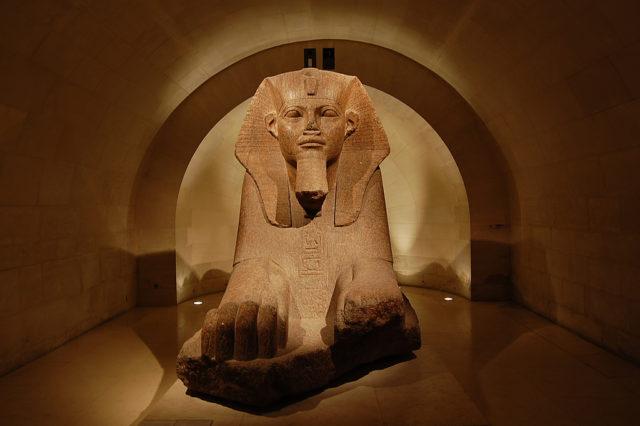
The mummy at the Louvre is particularly striking because of its mesmerizing intricacies of head wrapping. In contrast to the typical winding wraps that cover the entirety of the body, this exhibit features its skull thoroughly encased in strips of linen, with a geometric twist square pattern that covers the whole face. In addition to the fascinating binding, the cartonnage laid over the rest of the mummy’s body features a neckband draped over the chest, an ornamental apron across the legs, as well as casing found at the feet.
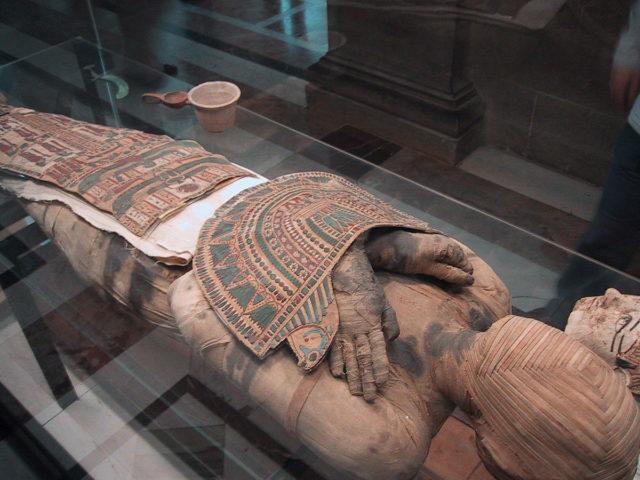
As the museum reports, X-rays have revealed that the mummy was an adult who probably lived during the Ptolemaic Period of Ancient Egypt, between 305 BC to 30 BC. This period began with the reign of Alexander the Great’s general Ptolemy and ended with the rule of Cleopatra.
Researchers believe that the mummified person was named either Nenu or Pachery, although this remains uncertain. The very fact that he was preserved implies that, whatever his name, he was considered important throughout his mortal life. Though the ancient funerary process, his survival into eternity was ensured according to the Ancient Egyptian belief system.
Close-up of the head showing the elaborate wrappings, author: Jalvear, CC BY 2.0
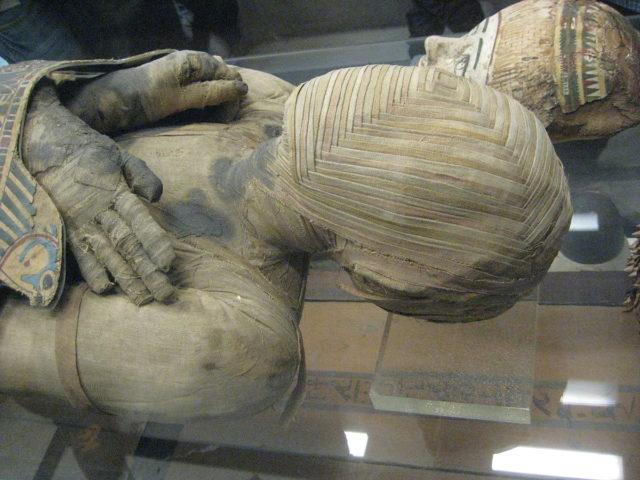
Indeed, Nenu or Pachery likely belonged to the upper middle class. His main organs were preserved in jars, except for the heart and the brain. Though the mummification process, the body was settled in salt in order to dry it out, and afterward, it was covered with resin and aromatic oils before being wrapped in strips of linen cloth.
The Egyptian mummy as seen from another angle, author: Dada, CC BY-SA 3.0
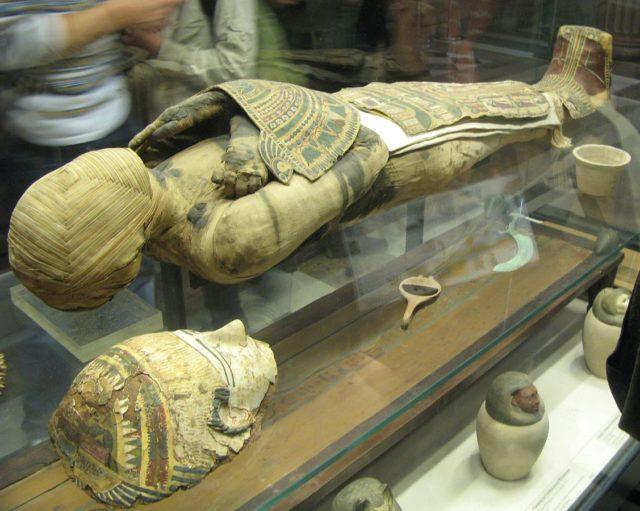
The designations of terrorist organizations are typically determined by governments and international bodies based on various factors such as the group’s activities, ideologies, and methodologies. These designations can vary between different countries and organizations.